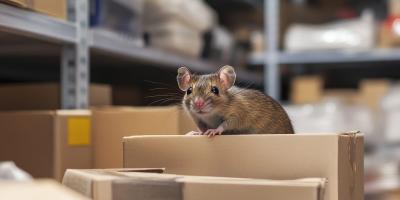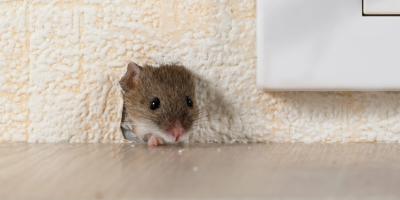Fly Traps 101

We get it. You want something to control the flies in and around your business, but when you think about fly control all you can imagine are those blue lights and the crackling sound when they do their dirty work. And you’d rather not display a battlefield of glue-strip casualties for all to see. Whether you’re running a restaurant or a retail store, you don’t want to expose your customers to the ugly side of pest management.
But what if your customers didn’t know they were looking at a light trap? What if there were options that blended in with your décor, both inside and out? Well, good news -- light trap design has come a long way since the olden days, and many fly control devices look like anything but.
Let’s back up for a second and talk about how they work or even whether they work (or do they just attract more bugs?).
An Illuminating Alternative
Light traps work because many insects -- especially the biting kind -- are attracted to light. There are more theories than answers to the question of why that is, but some scientists suspect insects mistake artificial light for natural guideposts like the sun and moon. What an insect also doesn’t know (at least until they get to the trap) is that the lights in some light traps are there to kill them.
Which brings us to the next point, that there are two distinct types of light traps: those that electrocute and those that trap with glue-boards. There’s also a variety of places you can mount a light trap, including wall-mounted units, wall sconces, ceiling-mounted and free-standing units. The type you choose, and where you choose to mount it, will depend on a number of factors that a pest control professional can go over with you.
And you’ll definitely want a pest control professional to handle the ordering and placement of your light traps. Because otherwise you might end up attracting more bugs than you actually eliminate, which would only make your problem worse.
Generally speaking, light traps perform best when placed indoors instead of outdoors, near entryways and exits that bugs can use to enter the premises. That said, your pest control pro might suggest placing a light trap outdoors if your situation calls for it.
The single most important element influencing how well your light traps work (or whether they make the problem worse) is where they are placed. Just like in real estate, it’s all about location, location, location. Not to mention, you’ll want to be mindful of the insect grave yard you’ll be creating, so you might not want to place light traps near areas where people eat or otherwise congregate.
Depending on the layout of your establishment and severity of the fly infestation, it may be appropriate to have one “hidden” in plain sight. For this reason, we offer certain decorative models to provide both functionality and fashionality to your pest management protocol.
Are you ready to start zapping bugs away from your business? Check out our commercial services page and request a free consultation for your business today.



